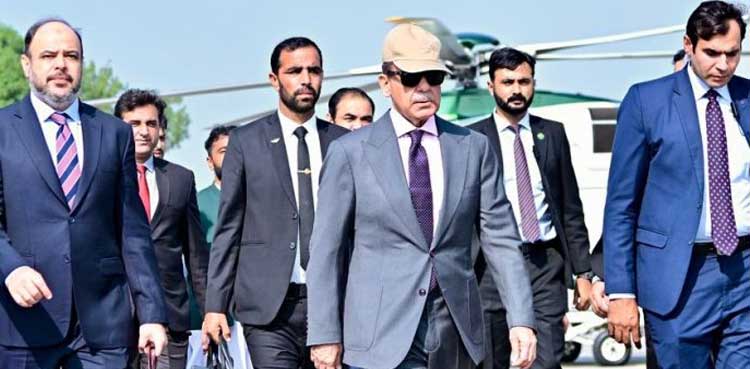Torrential monsoon rains have severely impacted Karachi, Pakistan’s largest city and economic hub, causing significant disruption to daily life, infrastructure, and economic activities. Here is a detailed overview of the situation:
🌧️ 1. Extent of Rainfall and Meteorological Context
The monsoon system initially brought heavy rains to Karachi, with areas like Surjani Town recording 149 mm of rainfall in 24 hours, while DHA Phase-II received 32.6 mm on Wednesday . The system has since weakened and shifted towards Balochistan, reducing the likelihood of further torrential downpours in Karachi. Only light showers were expected for Thursday .
🚨 2. Casualties and Rescue Operations
The rains resulted in at least eight fatalities in Karachi due to rain-related incidents, including electrocutions and drownings . Rescue operations, led by organizations like Edhi and Rescue 1122, alongside the Pakistan Army, successfully relocated over 300 people from vulnerable areas near the overflowing Malir and Lyari rivers .
🏭 3. Impact on Industrial and Economic Activities
Karachi’s industrial sector faced severe disruptions. Key industrial zones, including North Karachi, SITE, and Korangi, reported significant reductions in workforce attendance and production output. For instance:
North Karachi: Nearly half of its 4,500 industrial units remained closed, with export-oriented units suffering damage worth millions of rupees due to inundation .
SITE Area: 60% of workers were absent, leading to a 25-30% reduction in production .
Korangi: Output dropped by 30% due to low worker turnout .
The supply chain was disrupted, delaying domestic and international shipments, including export consignments . E-commerce services were also hampered by logistical challenges, power outages, and internet disruptions .
🏘️ 4. Infrastructure and Urban Challenges
Karachi’s inadequate drainage infrastructure exacerbated flooding. The Lyari and Malir rivers, which serve as storm drains, overflowed due to constrictions from urban encroachment and solid waste .
Major roads and underpasses were submerged, though authorities claimed that most were cleared eventually . Areas like Saadi Town were severely affected by water intrusion from dam overflows .
Power outages and connectivity issues further compounded the challenges, affecting residential and commercial areas .
🏫 5. Educational and Government Response
All educational institutions in Karachi were ordered to remain closed on Wednesday, and exams scheduled for September 11 were postponed . Universities like Jinnah Sindh Medical University shifted to online classes .
Sindh Chief Minister Murad Ali Shah actively monitored the situation, refuting rumors about infrastructure failures (e.g., false reports of the Malir Expressway caving in) and directing disaster response efforts .
Prime Minister Shehbaz Sharif directed the National Disaster Management Authority (NDMA) to collaborate with provincial authorities in relief operations .
💎 6. Broader Climate Context
Pakistan is highly vulnerable to climate change, and extreme weather events like these are becoming more frequent. The 2025 monsoon season has caused over 400 deaths nationwide, with significant destruction in regions like Khyber Pakhtunkhwa and Gilgit-Baltistan .
The need for improved infrastructure and coordinated climate governance is emphasized to mitigate future disasters .
💎 Conclusion
Karachi’s recent floods highlight the city’s vulnerability to monsoon rains due to infrastructural deficits and urban planning challenges. While immediate rescue and relief efforts are underway, long-term solutions focusing on drainage improvement, climate resilience, and economic stability are crucial. For ongoing updates, refer to sources like Dawn and The Express Tribune.







